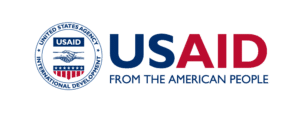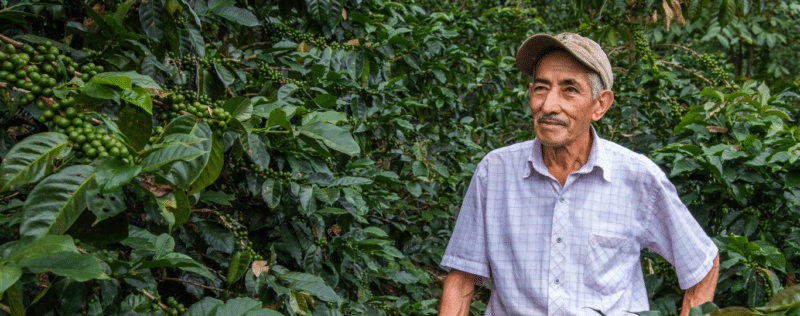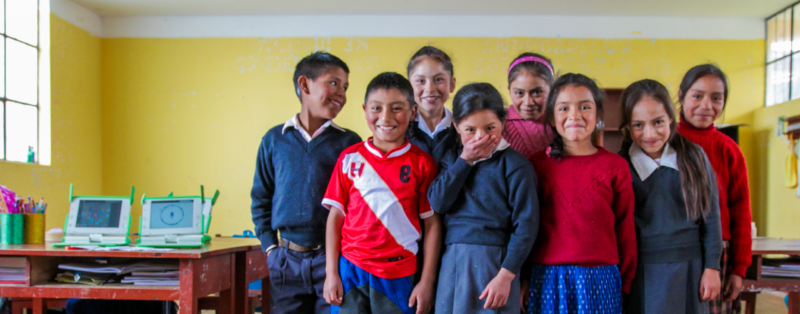In the watersheds of northern Peru, risks are multiplied by climate change. Increased floods and droughts must be addressed in a way that makes a thriving future possible for empowered communities.
Practical Action contributes to making communities safer and reducing the loss of lives and livelihoods. We work hand in hand with the population and authorities, promoting planning and harnessing the power of ancestral knowledge and current technology.
Project overview
Title: Building community resilience in vulnerable watersheds of Cajamarca, Lambayeque and La Libertad in Peru
Dates: June 2023 – June 2025
Location: Lambayeque, La Libertad and Cajamarca regions, Peru
Our role: We contribute to enhancing climate risk management by closely partnering with communities and local, regional and national authorities in La Leche, Moche and Jequetepeque watersheds.
Participants: +40k people from six provinces of northern Peru (Ferreñafe, Lambayeque, Trujillo, Otuzco, San Pablo and Contumazá)
Project budget: USD 2 million
Aims: Resilience that protects & Farming that works
Lead Donor: USAID / BHA
Context
Addressing the heightened vulnerability to hazards like El Niño and the impacts of climate change, Peruvian farmers grapple with diminished yields. Urgent action is crucial to safeguard their livelihoods and prevent potential threats to their lives.
Historically, communities in Peru have contended with various risk scenarios, impeding their efforts to improve living conditions. The economic toll from emergencies and disasters in the country over the past two decades (2000-2020) has amounted to nearly 4 billion dollars. In recent years, climate change-related risks, including rains, floods, mass movements, droughts, and more frequent frosts and hailstorms in the high Andean areas, have surged. These threats to security, health, and agriculture, the primary economic activities of Andean populations, have intensified.
Regions like Lambayeque, La Libertad, and Cajamarca are particularly affected, with frosts impacting small farmers’ crops. In 2022, these areas experienced a rainfall deficit, leading to reduced sowing. Limited access to fertilisers and high transportation fuel costs are escalating production expenses, prompting some producers to shift to alternative crops or activities. National authorities also caution about the anticipated disruptions from El Niño, predicting higher-than-average air temperatures and intense rainfall on the northern coast.
This new and complex situation demands an expanded understanding of climate change threats and risks to the population. But also, it requires bold collaboration and organisation for the communities to have prepared brigades as well as plans and strategies that match their needs.
Our approach
Practical Action actively enhances community preparedness for hazards, engaging people and communities to recognise, prioritise, and implement effective measures, anticipating their impacts and reducing vulnerability to risks. Integrating ancestral knowledge with modern technology, we combine traditional crop management insights for frost with meteorological station data, minimising crop impact. Additionally, we promote native species to enhance water retention, complemented by constructing small reservoirs to boost water availability.
Our ongoing project, spanning until 2025, aims to bolster resilience against natural hazards in Cajamarca, Lambayeque, and La Libertad, benefitting over 40,000 people. Working closely with communities and local governments, and in collaboration with regional governments and key actors in the National Disaster Risk Management System (SINAGERD), we align with the National Policy for Disaster Risk Management to 2050.
The way to this larger-scale work on resilience has been paved by many years of work in Peru and, most recently, by two successful projects, which also focused on disaster risk reduction and early warning systems in one of these regions.
Our goals
Over two years, our goal is to increase knowledge of the threats and risks associated with climate change that affect the population through training, campaigns and awareness-raising actions. Resilience and community organisation will be strengthened by forming brigades and civil defence platforms to validate plans and increase community participation in the definition, implementation and monitoring of strategies and policies for disaster risk reduction and climate change adaptation. In addition, we will work on plans and measures for water recharge and water harvesting to improve environmental conservation and agricultural production conditions for the families and communities involved.
- Disaster risk management policy and implementation. We’ll strengthen risk reduction, response and recovery capacity in vulnerable municipalities and communities in Cajamarca, Lambayeque and La Libertad.
- Agriculture. We’ll increase small farmers’ resilience to climate risks such as floods, droughts and frost. Local technical and management capacities will be strengthened for sustainable agricultural production, incorporating climate-resilient practices.
- Climate hazards. We’ll address these through accessible technology for forecasts and warnings. Community participation will be encouraged in the generation of early warnings, and coordination between institutions will be promoted to ensure the sustainability and viability of these measures.
-
Aims
Focusing on strengthening community resilience and sustainable development in the intervention areas, we’ll work in:
Disaster Risk Management Policy and Implementation
- 40k beneficiaries settled in risk areas belonging to communities located in the upper and middle part of the Yamichad – Jequepequete micro-basin in Cajamarca, La Leche river basin in Lambayeque and Moche river basin in La Libertad.
- 360 people trained in disaster risk preparedness, reduction and management.
- 240 people trained in first aid, search and rescue or health-related disaster risk reduction interventions.
- 9 preparedness strategies and contingency response plans for disaster risk reduction developed at local and sub-national levels, with improved information and procedures.
Agriculture
- 1,500 people are directly benefiting from improved agricultural production, irrigation interventions, and applying enhanced management practices or technologies.
- 1,500 hectares under improved management practices or technologies with project assistance.
Climate hazards
- 5k people benefiting from hydrometeorological interventions are informed and participate in public awareness campaigns, drills and simulations.
- 9 policies or procedures to increase preparedness for hydrometeorological events in the provinces and districts covered by the project.
Sustainable Development Goals
This project contributes to the 17 SDGs’ progress.
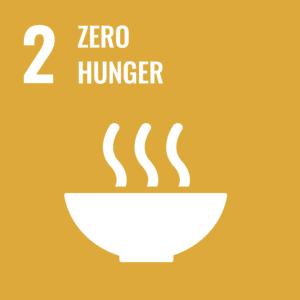
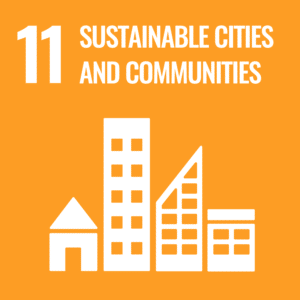
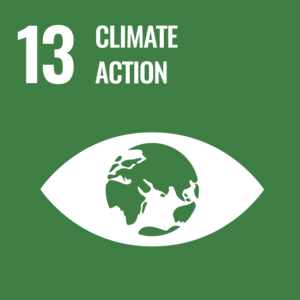
Work like this depends on your support
Help us work with communities to tackle some of the world’s toughest problems
Project funded by:
